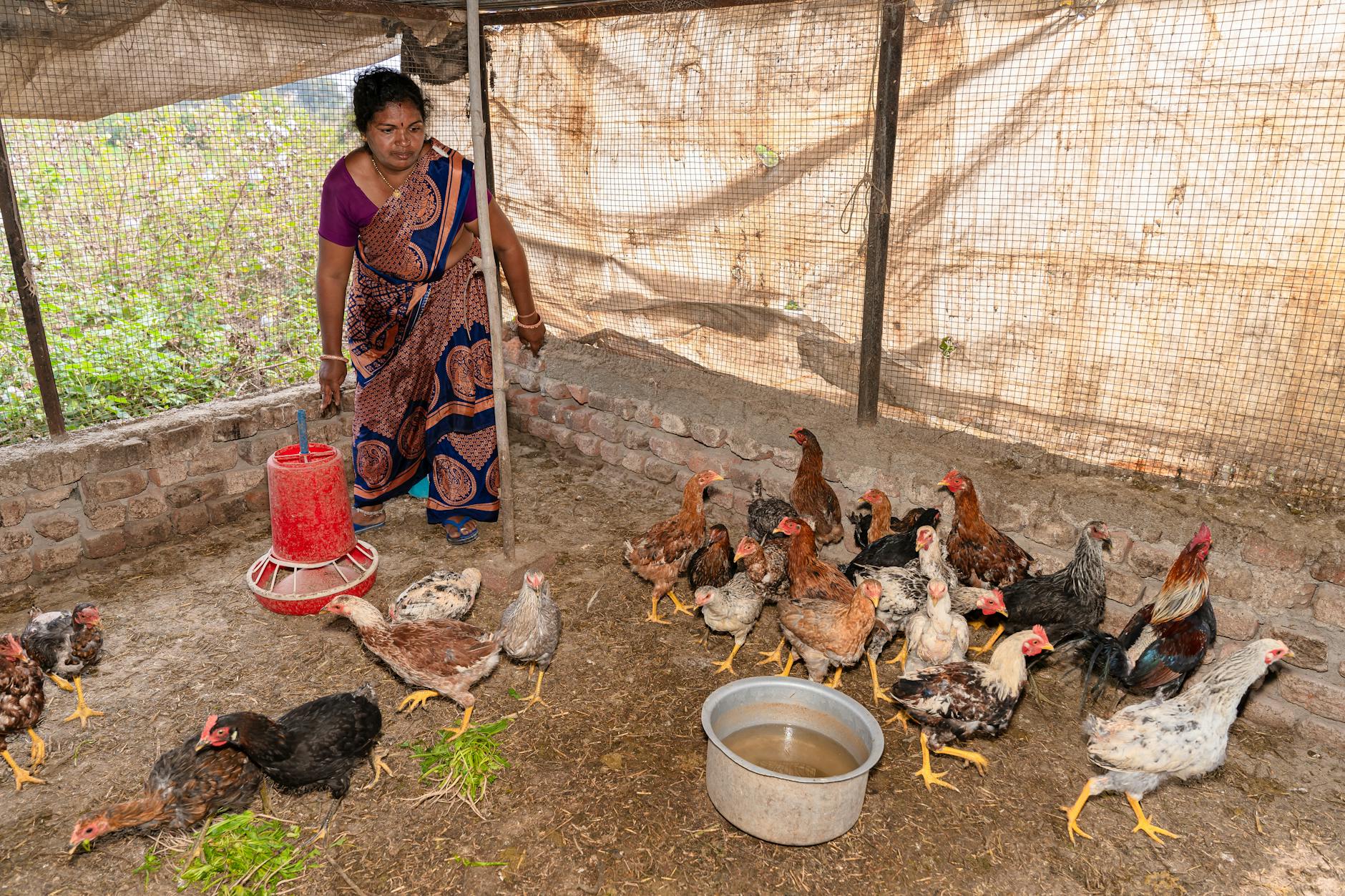How to Boost Profitability with Local Chicken Breeds

Introduction
Local chicken breeds offer a compelling opportunity for poultry farmers seeking to enhance profitability. As consumers increasingly demand organic and sustainable food sources, the choice of chicken breed becomes crucial. These breeds, often adapted to specific regional climates and conditions, can offer numerous advantages over commercial hybrids. This article provides a comprehensive guide on boosting profitability with local chicken breeds, exploring aspects ranging from breed selection to management practices.
Understanding Local Chicken Breeds
The Benefits of Local Chicken Breeds
Successful poultry farming with local breeds requires adopting best practices in management and farm design: 1. **Free-Range Practices**: Allowing chickens to roam freely helps enhance their overall health and meat quality. Well-designed chicken coop structures can facilitate these practices by providing adequate shelter while allowing space for movement. 2. **Health Management**: Implementing robust chicken health management strategies, such as regular health checks and vaccinations, is crucial for preventing diseases. Local breeds, although resilient, still benefit from biosecurity measures. 3. **Proper Nutrition**: Obtain organic chicken feed from reputed suppliers to ensure balanced nutrition, which is crucial for optimal growth and egg production.
Economic Considerations and Profit Maximization
To boost profitability, understanding and managing costs is essential: 1. **Cost Analysis**: Regularly analyze costs related to feed, housing, and health management to identify savings opportunities. 2. **Sustainable Production Practices**: Sustainable egg production through organic and natural methods can fetch higher prices in niche markets. 3. **Leverage Technology**: Utilize poultry farm technology such as automated feeders and climate control systems to improve efficiency and reduce labor costs.
Conclusion
1. **How do local breeds compare to commercial breeds in egg production?** Local breeds may lay fewer eggs than commercial breeds but offer advantages in lower feed costs and niche market appeal. 2. **What are effective ways to improve chicken health management?** Implement regular health monitoring, vaccinations, and good biosecurity measures to prevent diseases. 3. **Can local chickens be as profitable as broiler production?** While local breeds often have slower growth rates, their profitability can be competitive due to lower costs and premium market prices. 4. **What role does chicken coop design play in profitability?** Efficient coop design supports better health and productivity by providing suitable environments for resting, nesting, and foraging. 5. **Are there specific challenges in marketing local chicken products?** Educating consumers about the benefits of local breeds and developing marketing strategies that emphasize quality and sustainability are crucial.